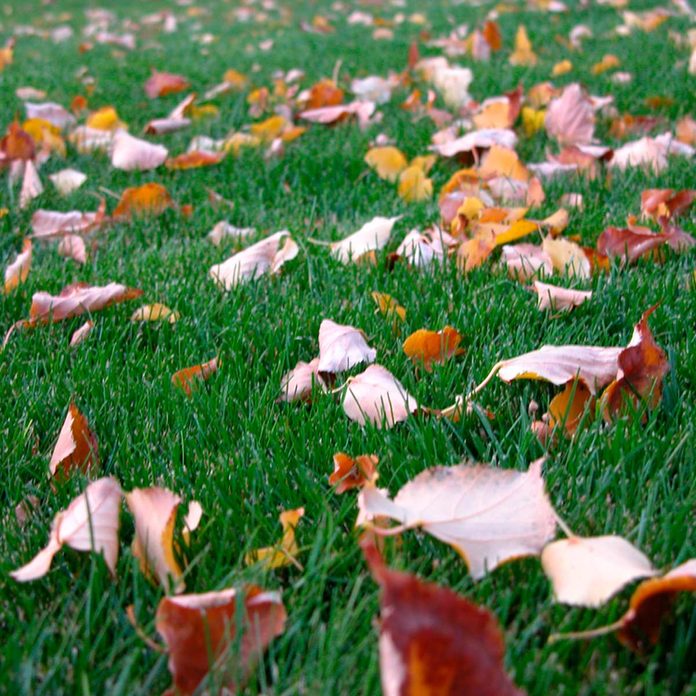
Once Summer Turns to Fall, it’s Time to Stop Mowing
This is one of those myths that appeals to everyone who’s just plain tired of mowing their lawn by the time fall rolls around. In fact, it’s important to keep mowing your lawn well into the fall season. As long as your grass keeps growing, keep cutting it!
The ideal length of your lawn depends on your climate, but most experts agree you should keep your grass about 3 inches long, with the last cut of the season taking it down to between 1-1/4 inches to 1-1/2 inches in length. That final cut serves two purposes: it prevents a build up of organic matter which can lead to disease, and it makes raking easier.
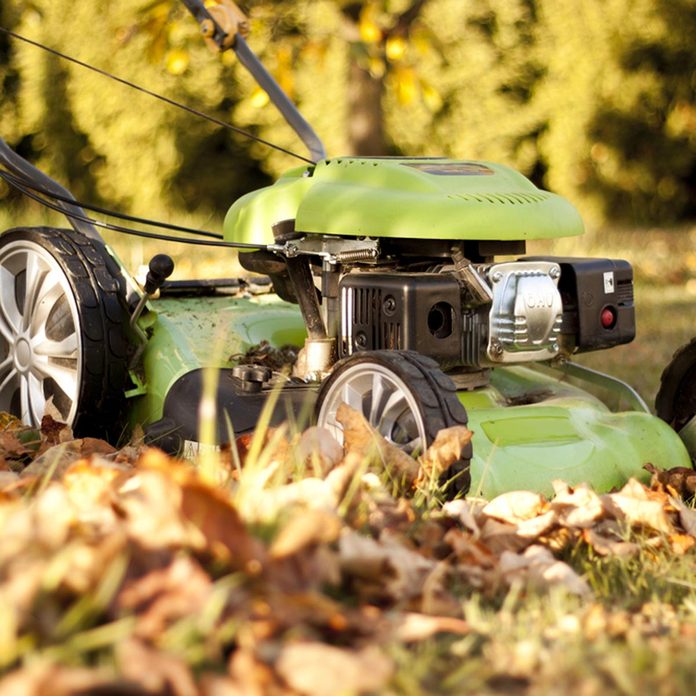
All Fallen Leaves Must be Collected
While it’s true that allowing fallen leaves to sit under damp or snowy conditions all winter can encourage mold and fungus growth, that doesn’t mean you have to rake and haul away every last leaf. Instead, consider the strategy of mulching leaves with your lawnmower. Many modern mowers have a “mulch” setting with which the mower traps leaves and chops them up into small pieces. You may have to make several passes, but eventually all that leaf confetti will trickle down between the blades of grass, creating excellent fertilizer for the next growing season.
Don’t buy into the myth that suggests raking leaves onto flowerbeds to create a “winter mulch” is a good idea, either. This can create the very situation you’re seeking to avoid, namely damp conditions, prolonged over the winter months, that breed mold and fungus growth.
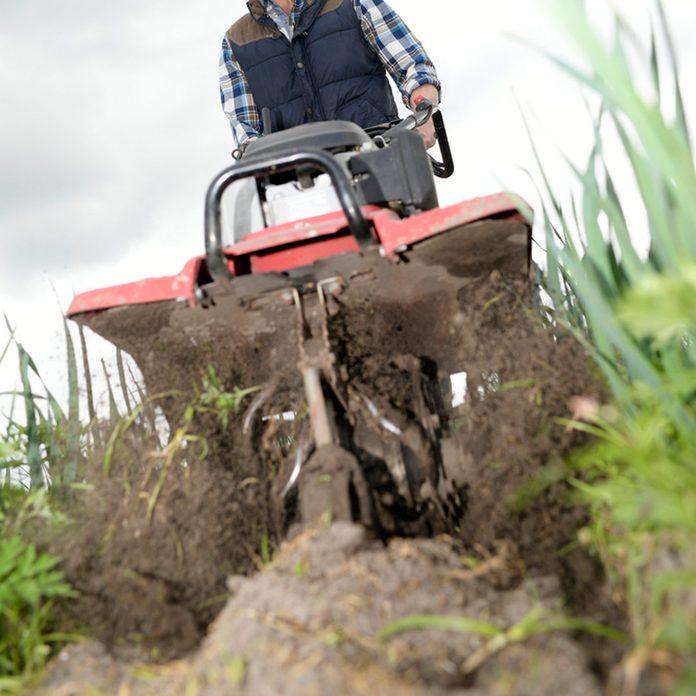
There’s No Point in Rototilling in Fall
Many gardeners prefer to leave all tilling work for springtime. The belief is that spring rains will make the ground softer and easier to till. While it’s true that soft earth is easier to work, don’t forget that in fall you have the essential step of bed clean-out to tackle. You’ll be hauling any dead plant matter out of your beds anyway, which means you’ve already done the majority of the prep work for rototilling. Go ahead and break out the tiller, and in springtime you’ll pat yourself on the back for your foresight.
Tilling in fall has an added bonus: it will let you use up the last of the gas in your rototiller, and urge you to prep it for winter storage.
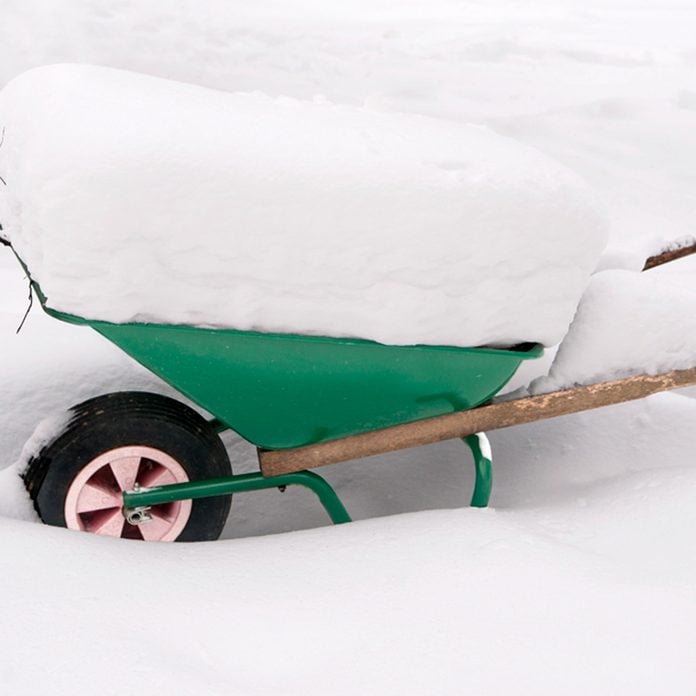
You can Forget About your Summer Tools in the Off Season
Depending on how severe winter is where you live, this can be one of the most pernicious myths on this list! If you suffer through freezing temperatures, it’s very important that you prep your garden tools for these cold conditions. Drain the gas from your rototiller, lawnmower and gas powered leaf blower. If you use a pressure washer, drain the water and fill the reservoir with antifreeze.
If your winters don’t freeze, but instead tend towards the damp end of the spectrum, your prep will be slightly different. Instead of avoiding freezing, watch for the prevalent damp that can lead to rust on your favorite tools. Wipe off any mud and dry your tools before putting them away. If you have some tools that require extra care, consider coating the metal with linseed oil or other anti-rust protection. Lastly, if you have any materials such as paint that don’t do well in extreme temperatures, consider bringing them indoors.
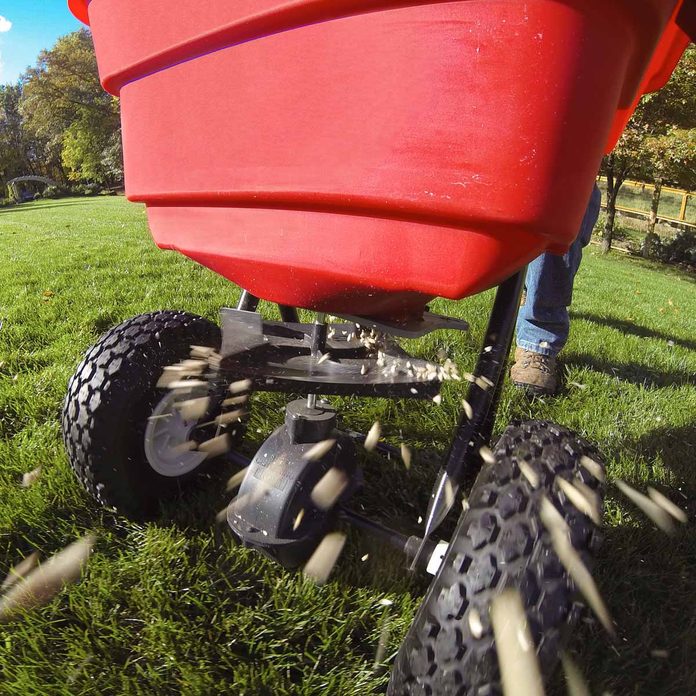
Fertilizing in Fall is a Waste of Time
Many gardeners fertilize their lawns and plants all through summer, and then come to a full stop when fall rolls around. And it’s true that fertilizing less in fall will let perennials prep for winter by spending less energy on leaf or bloom growth. Your grass, however, will continue root-growth even as the temperature drops. Keep fertilizing your lawn throughout the fall and in spring, your lawn will turn green faster, and have an edge on pesky weeds.
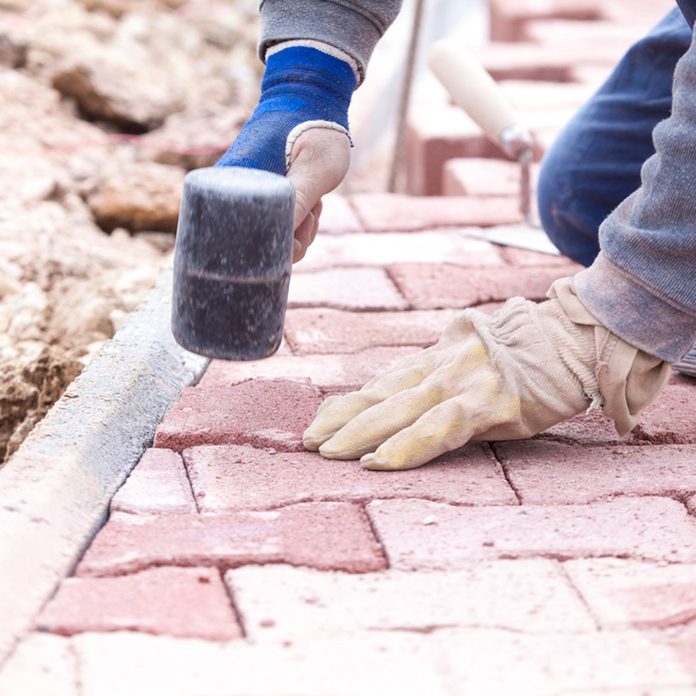
Fall is Too Late for Hardscaping
On the contrary, fall is an excellent time for strenuous yard work! The temperatures are cooler and the sun isn’t quite so oppressive. In addition, the ground won’t be frozen, so the digging isn’t too difficult. If you have a landscaping project such as a retaining wall or an in-ground fire pit planned, autumn is an ideal season to do the work.

Only Spring is Planting Season!
While it’s true that many plants and trees are best planted in spring, others do very well in fall. Autumnal temperatures are more mild, and this makes the season more forgiving for saplings and fragile plants. And of course, fall is the time to plant bulbs for early spring blooms.

In Fall Nothing is Left at Nurseries and Garden Centers
Since so many people buy into the previous myth (that you shouldn’t plant in fall), the demand at plant nurseries drops off by the time fall rolls around. As a result, the stock looks thinner, which in turn reinforces the perception that there is no point in planting in fall. This is exactly how myths persist!
In fact, many trees and plants are primed to be dug up and relocated in the fall. The added bonus to this tip is that many nurseries have sales in the fall. This means that you can get the perfect plant, at the perfect price!